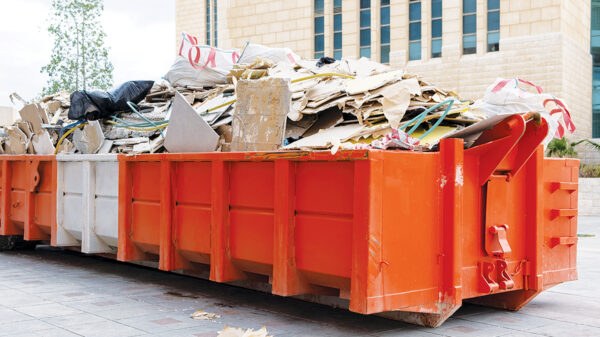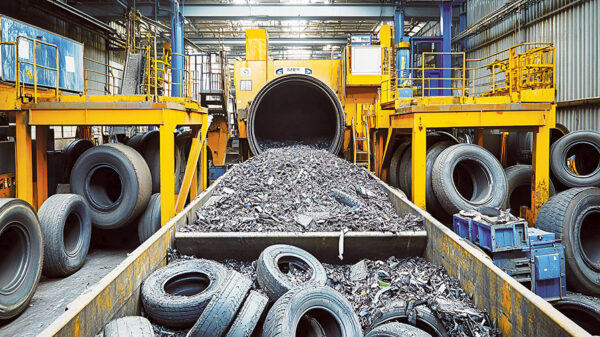The wind turbine blade recycling market reached a valuation of $1.86 billion in 2022 and is projected to expand to $5.6 billion by 2033, demonstrating a compound annual growth rate (CAGR) of 20.16 percent during the forecast period spanning from 2023 to 2033.
The study also portrayed that waste generated from wind turbine blade each year accumulated to around 50,000 tons and this volume is set to achieve a roaring position to 500,000 tons by 2030, thus there is a colossal demand for recycling wind turbine blade.
The adoption of circular economy principles by many organizations is a pivotal driver in the wind turbine blade recycling market. Circular economy principles emphasize reducing waste and promoting the recycling and repurposing of materials, aligning perfectly with the sustainable disposal needs of wind turbine blades. As the wind energy industry continues to grow, there’s a concomitant increase in the number of wind turbine blades reaching the end of their operational life. To address environmental concerns and regulatory pressures associated with blade disposal, circular economy practices offer an effective solution.
Organizations are recognizing the economic and environmental benefits of embracing these principles. Recycling and repurposing wind turbine blades not only reduce the burden on landfills but also minimize the environmental impact of composite blade disposal. Additionally, circular economy practices align with the broader global sustainability agenda, reflecting a commitment to responsible resource management and environmental stewardship.
This shift towards circular economy principles has led to increased collaboration between stakeholders in the wind energy sector, including blade manufacturers, wind farm operators, and recycling companies. Together, they are working to develop and implement recycling technologies and innovative methods for repurposing blades in secondary applications, such as construction or infrastructure projects. As a result, the wind turbine blade recycling market is poised for growth, providing a sustainable solution to the end-of-life management of these essential components in the renewable energy landscape.
Ongoing research and development (R&D) efforts are a critical driver in the wind turbine blade recycling industry. These efforts are propelling the advancement of recycling technologies, making it both economically viable and environmentally friendly to recycle wind turbine blades. With the rapid growth of the wind energy industry, there is a growing need for efficient and sustainable solutions for the disposal of wind turbine blades that have reached the end of their operational life.
R&D initiatives in this sector are focused on developing innovative methods and processes that not only effectively break down and recycle composite materials but also reduce the overall cost of recycling. Advanced technologies are being explored, such as composite separation techniques and methods for converting blade materials into valuable resources. These advancements are crucial for addressing the challenges associated with the large and complex nature of wind turbine blades.
Collaboration and partnerships between recycling companies, blade manufacturers, and wind farm operators are on the rise. These collaborations facilitate the sharing of knowledge and resources, leading to the development of best practices and the adoption of more efficient mechanical recycling methods. Moreover, the establishment of dedicated recycling facilities and the integration of recycling practices within the wind energy industry are trends that signify a commitment to responsible and sustainable blade disposal and propel the growth of wind turbine blade recycling market.
As mechanical recycling methods continue to evolve and align with these key trends, the wind turbine blade recycling industry is well-positioned to address the growing need for environmentally friendly and cost-effective solutions in the management of wind turbine blades at the end of their operational life
Competitive Analysis
Some of the major companies operating within the wind turbine blade recycling market are Veolia Environmental Services, SUEZ, BladeBUG, RESINEXX, Global Fiberglass Solutions, GE Renewable Energy, Vestas Wind Systems, Siemens Gamesa Renewable Energy, EDF Renewables, Enel Green Power and others.






